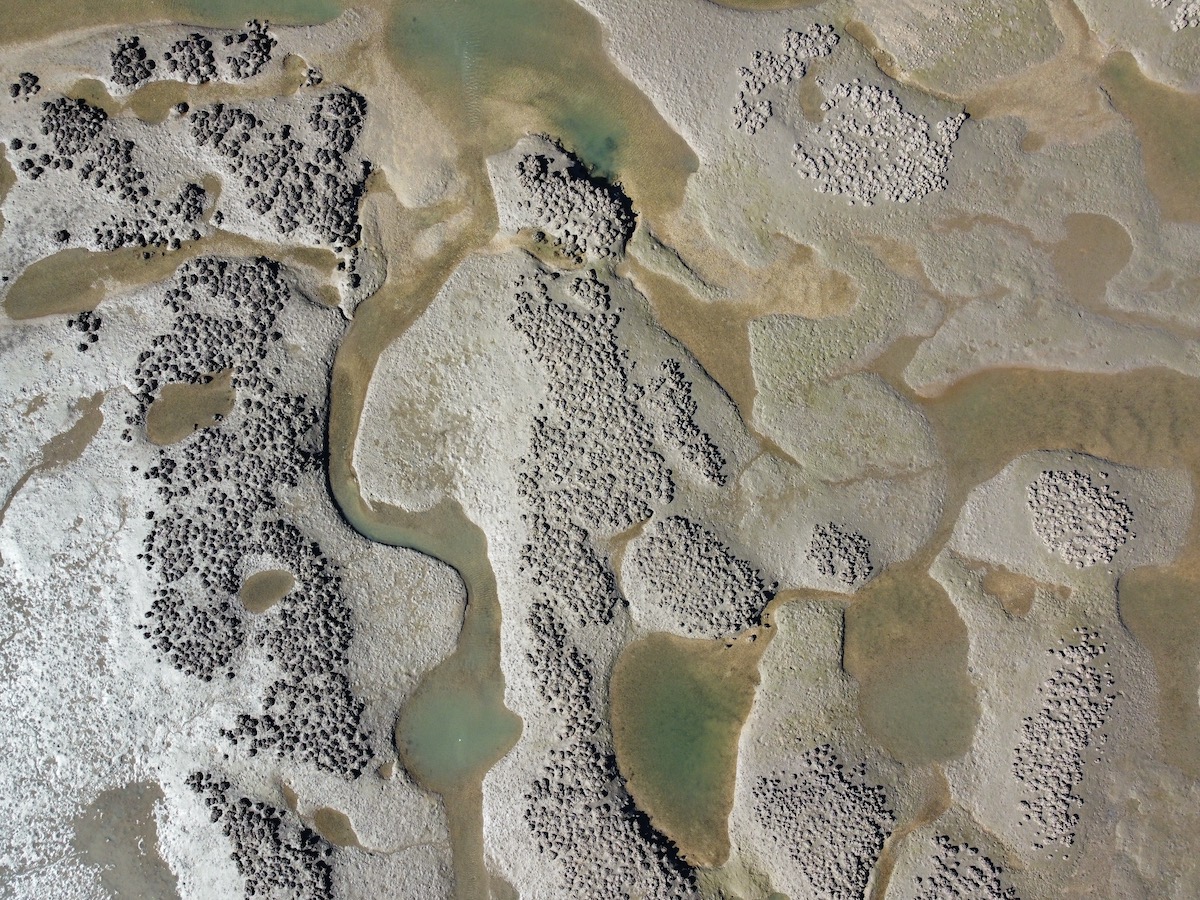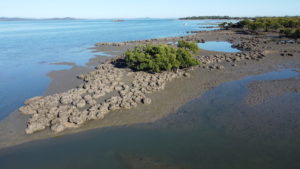
A Griffith-led study has reported that tropical oyster reefs have a far greater diversity of reef-building oyster species than those in temperate waters.
Published in , the research shows there are over four times more species of reef-building oysters in the tropics compared to temperate regions and many of these tropical species often create mixed-species oyster reefs.

“We expected the diversity to be higher in the tropics, but we were surprised to find how high it was and given how little we know, we expect the number of tropical reef-building oysters will grow as research continues,” said lead author Marina Richardson, a PhD candidate at the and the .
“We also found that tropical species grow much faster than temperate species, having the potential for multiple spawning seasons throughout the year as opposed to just one.”
Oyster reefs are formed over generations as oysters settle and die, leaving behind old shells which are then colonised by new oysters. They are found globally in coastal and estuarine environments and can form three-dimensional reef habitats that spread for kilometres.
“These reefs provide important ecosystem services including shoreline stabilization, water filtration, nutrient assimilation, and habitat for marine species including commercially important fish and crustaceans,” said Ms Richardson.
“In many parts of the world unsustainable harvesting, declining water quality, and coastal development have caused oyster reef declines and the loss of these ecosystem services.”
The widespread declines have sparked a world-wide movement for their restoration of oyster reefs, however a current scarcity of information on tropical oyster reefs has led to their exclusion from existing global assessments and restoration efforts.
In reviewing the differences between tropical and temperate oyster reefs and identifying historic tropical oyster reefs, the researchers can better inform their restoration.

“In tropical Queensland, for example, the historic presence of oyster reefs was largely unknown,” said , a co-author and research lead from the Australian Rivers Institute.
“We searched newspapers published prior to 1939 from coastal towns north of Seventeen Seventy for evidence of oyster reefs, before oyster harvests peaked in northern Queensland and conservatively identified 94 historic reefs across 58 sites, with declines were noted as early as 1902.
“Evidence that unsustainable and destructive harvesting has resulted in the decline of tropical oyster reefs shows the need to include these reefs in restoration efforts. We highlight knowledge gaps that can help guide future research and remove potential barriers to tropical oyster reef restoration.”
Since the study was published, Ms. Richardson has identified and begun researching several previously undocumented tropical oyster reefs.
“These reefs are more extensive than anything we have previously found and cover areas greater than 4 hectares,” Ms Richardson said.
“We hope to document reef-building abilities of additional species in Queensland to identify new candidate oysters for use in restoration and quantify the invertebrate communities associated with these reefs.”








